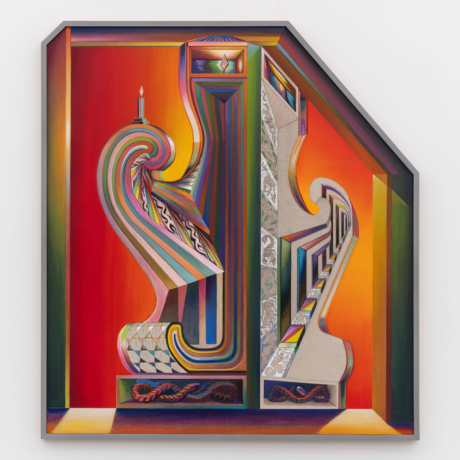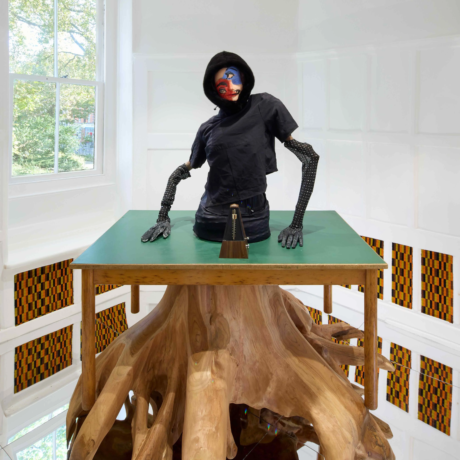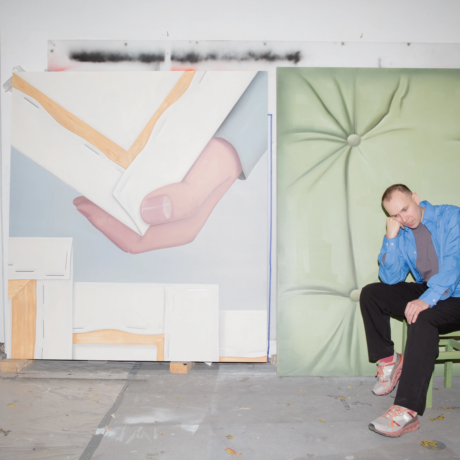Saffron Swire of Elephants speaks with London gallerist Alison Jacques about the wide range of responsibilities she has embarked upon in her career, such as managing the estates of iconic artists.

Alison Jacques doesn’t want to be put in a box. While the leading gallerist may have previously been classed as the ‘queen of old ladies’ for her work in resuscitating the careers of everyone from the Slovakian sculptor Mária Bartuszová to the American surrealist Dorothea Tanning, she also reigns supreme in discovering fledgling, mid-career, and posthumous artists scattered worldwide.
A flagbearer for those who have been overlooked, she has dedicated her life’s work to thrusting these artists into the limelight. Whether it’s organising retrospectives at Tate Modern for Mária Bartusová or major exhibitions at MoMa for the Brazilian painter Lygia Clark, she works tirelessly with international museums and institutions to reposition how these artists are framed in the halls of history.
Jacques began her career in the art world after completing a postgraduate curating course in Prato, Italy, subsequently working as the news editor for Flash Art magazine in Milan before returning to London. She then worked briefly for Victoria Miro before sharpening her curatorial vision working for Leslie Waddington on 11 Cork Street. Jacques opened her own space off Bond Street in 2004 and has managed some of the most significant artists and estates from the past century, including Roy Oxlade, Gordon Parks, Dorothea Tanning, and Hannah Wilke.
She came full circle last year when she moved to a new three-story gallery on 22 Cork Street, opposite Waddington and within earshot of the RA. She now uses the expansive 6,000-sq-ft gallery as a sort of bridge, uniting artists from across time and space to engage in a conversation free from constraint. At the time of writing, she has paired Lorna Robertson, the contemporary Scottish painter known for distinctly nostalgic and colour-charged works, with Birgit Jürgenssen, the Austrian photographer and painter, a titan of the feminist avant-garde who died in 2003.
“Dialogue shows are very important to us here,” she tells me from a side room in the gallery’s underbelly. “Born 18 years apart, there is a significant generational difference between Lorna and Birgit, but they have overlapping conversations about domesticity and the stereotypical standards women are expected adhere to. I find that overlap very interesting.”
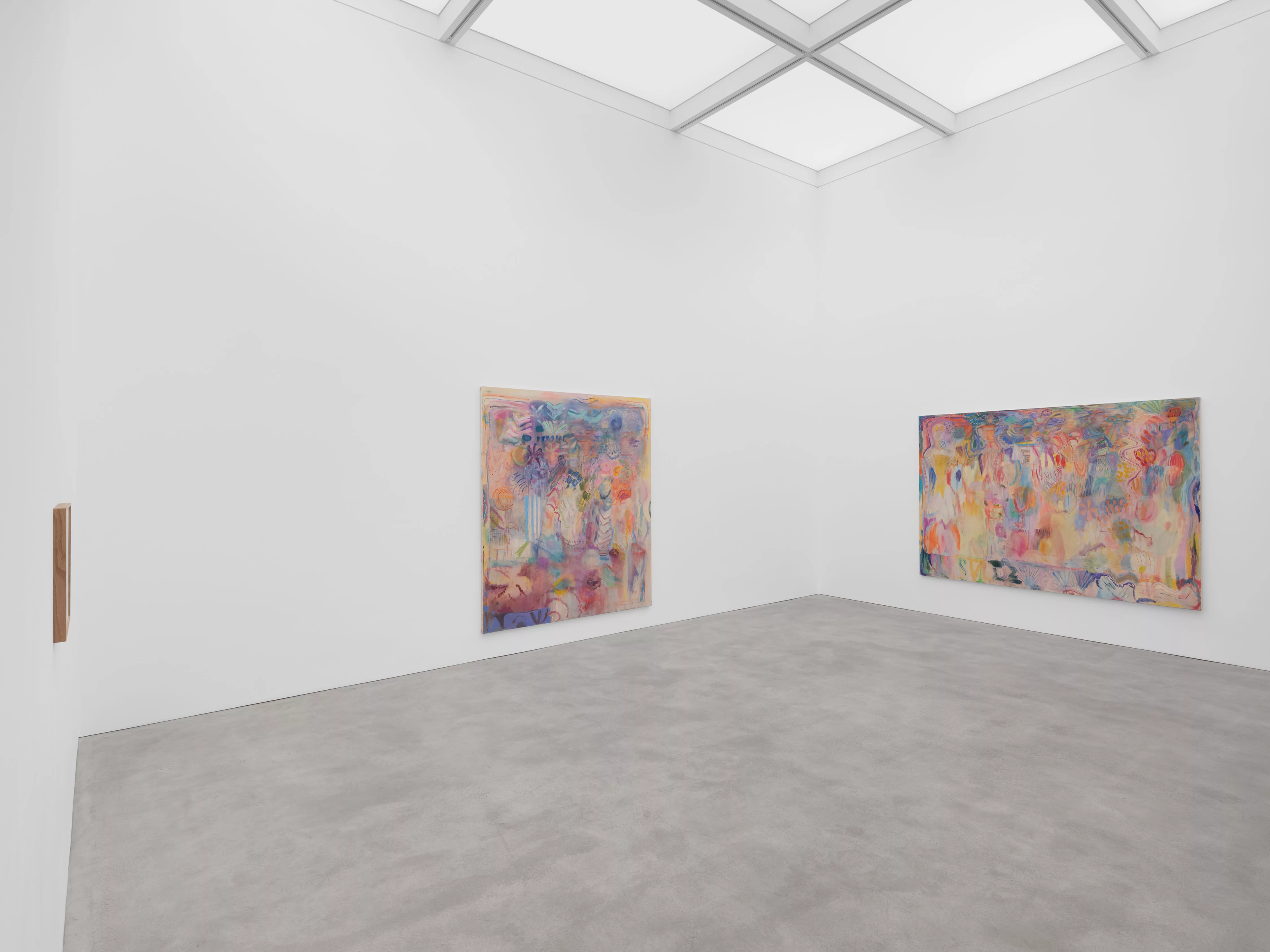
SS: While you now seem to focus on hosting a dialogue between artists, you have previously done a lot of work repositioning overlooked female artists. Would you say your curatorial approach has stayed the same or evolved over the years?
AJ: I’ve always seen the gallery as a space to be curated. In a Biennale, the curator’s voice shapes the exhibit, but here, we prioritise giving the artist a platform for their voice. The curation lies in selecting these artists, and of course, a certain amount of experimentation is involved. I don’t really like it when the gallery is compartmentalised into just focusing on ‘older women artists’; our program balances working with estates and living and under-recognised artists. If you look at our program, we are pretty balanced. There are slightly more women than men in the program because, up until a certain point, the art world was white and male-dominated. Like most gallerists, I’m really just looking for great artists.
SS: What is the best part of discovering and working with artists in the twilight of their lives?
AJ: Nothing replaces the utter joy of discovering an artist and engaging with their work in person. When I go and see artists like Sheila Hicks working away in her studio, now at the peak of her career, aged 90, it is incredibly satisfying. When I look at other artist estates I have worked with, such as the American artist Lenore Tawney and photographer Gordon Parks, there is something so wonderful about how the artists were curious enough to push the boundaries of what they’re doing, in Tawney’s case, even at 100. Take Gordon Parks: he went from taking photos for LIFE magazine, photographing segregation in the South, to taking amazing fashion photographs later on. Some of these artists are just as driven and energetic as they were when they first started painting, which is wonderful to see.
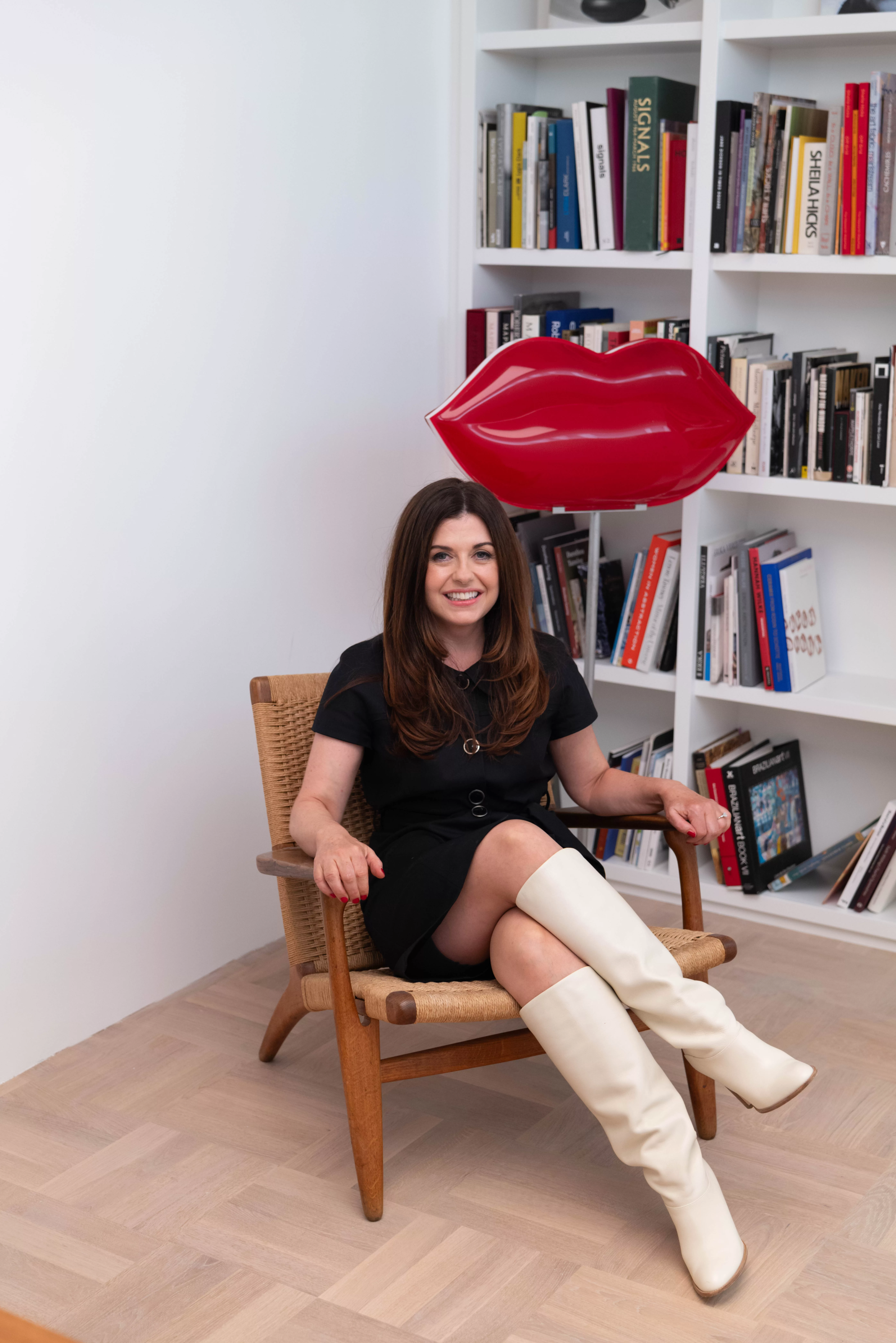
SS: It would be great to hear more about your work managing estates and representing posthumous artists like Robert Mapplethorpe. Why is it important to you to recognise and celebrate these artists after their death?
AJ: Robert was one of the greatest photographers of the 20th century; he was a real trailblazer and profoundly affected what many artists do today. I’ve worked with the Robert Mapplethorpe Foundation since 1999, and I’ve had to hammer home that he is not just a photographer but an artist who did a lot of mixed media, from sculptures to installations. Robert was 42 when he died, and I can’t help but wonder: what would he be doing now? The same applies to artists like Hannah Wilke, too. Hannah died in her early 50s, having been rejected by other feminist artists who saw her as ‘too beautiful’ and for using her body as sculpture. When she was sick with lymphoma, she continued to use her body in this way, making these paintings with hair she had lost due to chemotherapy. That is something that spurs me on; that while maybe in their lifetime they didn’t know the extent of their success, now their families can.
SS: You were also instrumental in promoting and preserving the legacy of the American artist Dorothea Tanning. How did you first discover her?
AJ: About fifteen years ago, I discovered a work by Tanning at the MoMA in New York. It stood out to me. I recognised the name while working as an intern at the Peggy Guggenheim Collection, and I was surprised to find she was still alive. I knocked on the Foundation’s door, and Tanning, at this point, had no interest in working with a gallery. But I noticed a lot of later collages at the back the foundation and asked if I could do an exhibition on those works. Tanning agreed. Unfortunately, she had passed away by the time we did the exhibition, but working with the Foundation, we were then able to place her works into important collections, organise exhibitions and build a market around her.
SS: The artists you work with hail from all corners of the globe, from Brazil’s Lygia Clark to Japan’s Takuro Kuwata. How do you discover these artists, and what exactly do you go looking for?
AJ: One of the things that guides me as a gallerist is what Robert Mapplethorpe once said: look for the unexpected. I discovered all of these artists by looking for things that capture my eye and my mind. I’ll then research them as much as possible and find anyone who might be connected to them. I am also looking for artists with a unique vocabulary – which I think is the greatest compliment you can ever give an artist – and if they have that, amongst all the noise of contemporary and historical art, that is quite something.
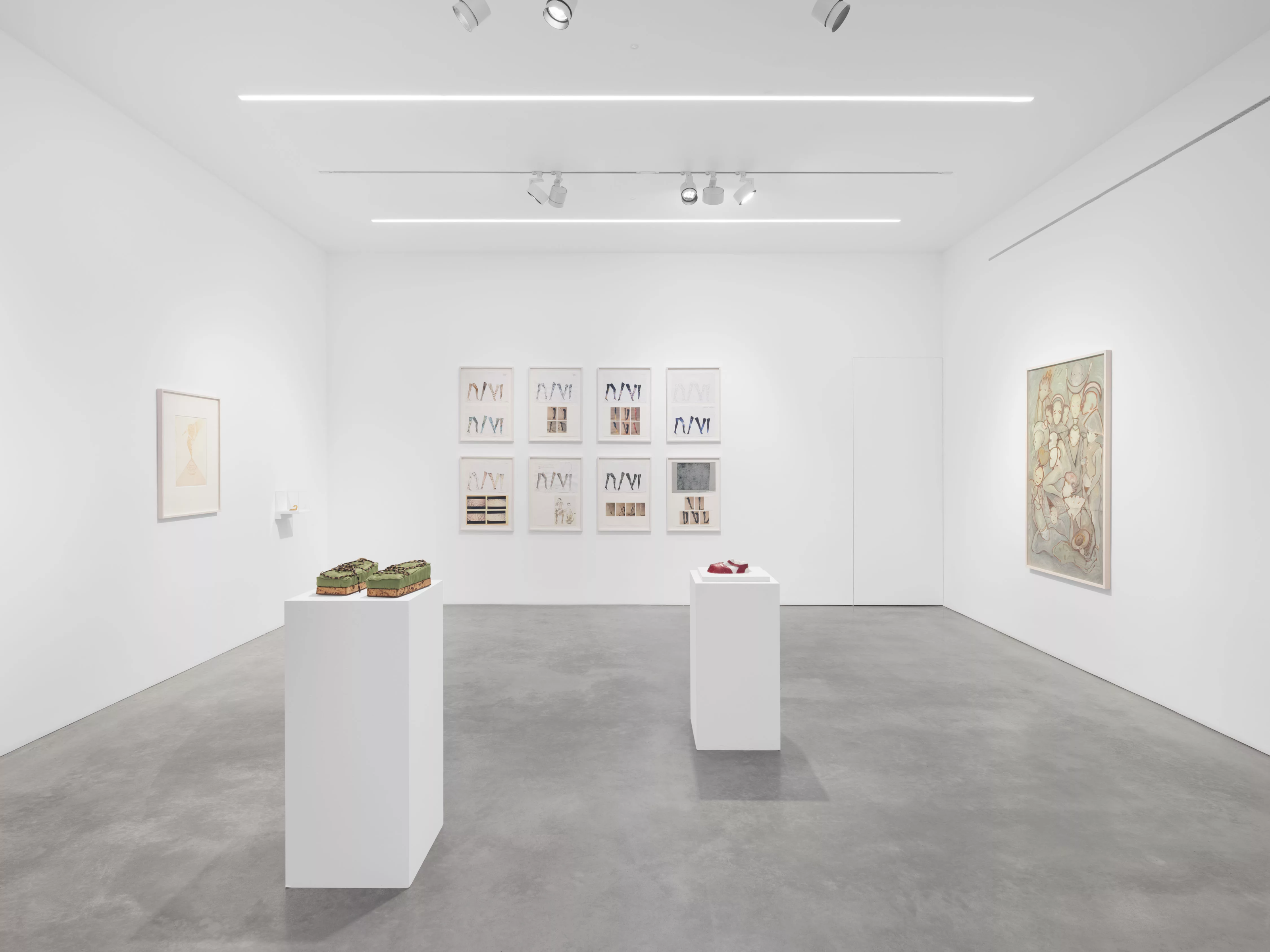
SS: Could you share an example of an artist you could tell had great potential because of their unique vocabulary?
AJ: When I first met the Scottish artist Graham Little, he was creating pop-like sculptures in a tiny flat, putting his oversized pieces where he could, even in the bathroom. But I noticed he was also producing all these drawings, and I just knew they would become paintings one day, and they did. When I see artists with a formulaic way of doing things, I don’t like it. Artists like Graham just kept moving, from working with decaying sunflowers to roadkill and fashion magazines; his work has a timeless quality. That is the sort of artist I am looking for. Or, in the case of Alison Wilding [an upcoming exhibition of Wilding’s work is scheduled for September 20 – October 26, 2024], there is so much more for her to say, and she deserves to be heard. I can help tell that story.
SS: What have been some of the biggest challenges you’ve faced in bringing these overlooked artists into the limelight?
AJ: At the beginning of my career, the biggest challenge was that it was a boy’s club, which only made me more driven to succeed. You have to develop quite a thick skin in this world, or you won’t achieve anything. I remember when I started assembling a program of unknown, older or dead artists, and people thought I was a bit mad. When I took on Tanning, Clark and Wilke, I decided not to listen to the noise and comments and stayed true to my vision. I don’t care what people think.
SS: Since opening your gallery two decades ago, what have you learnt most about yourself and how you like to operate?
AJ: I’ve learned that I’m very entrepreneurial. I built my business by selling a flat and a car without a trust fund or backer. I’ve also realised I’m pretty unemployable because I like to do my own thing and am a bit of a rebel. And then, when people want to come and work with me in the gallery, I ask them this question: If you were an animal, what would you be? Seeing people’s reactions is interesting, as I am a big fan of metaphors. For example, our artists don’t want mice as they need people to be a voice for them. I see myself as a lioness because I can roar like a lion, but I will protect my cubs, who are my artists and team. Mega galleries may try to poach my artists, but like a lioness, I will always fight my corner.
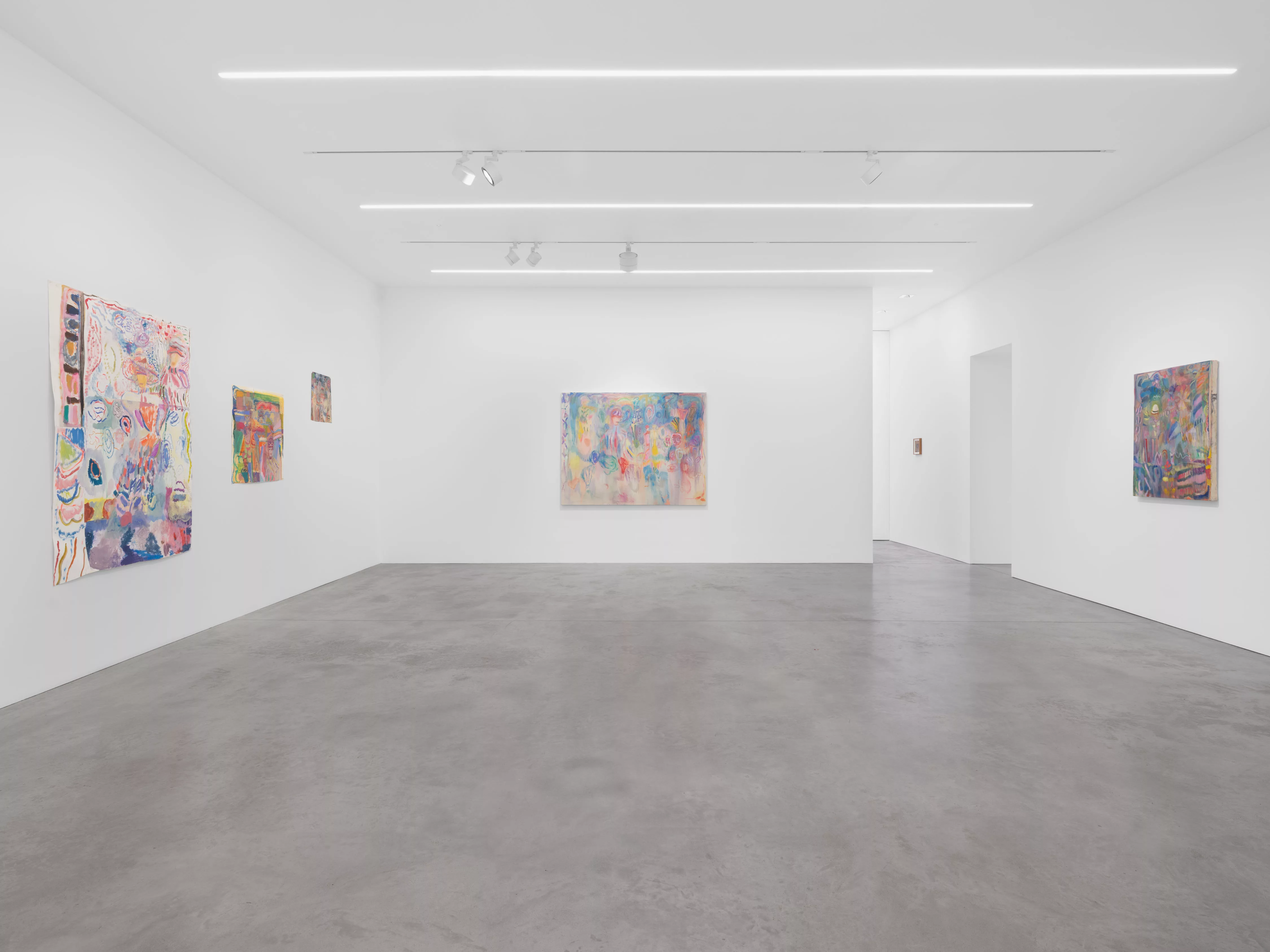
Words by Saffron Swire
